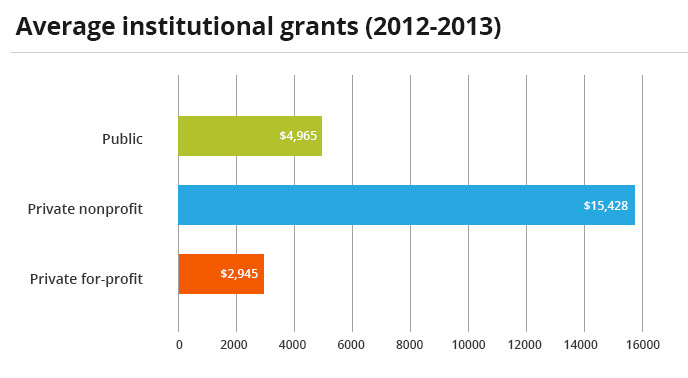
Flickr user Ryan Kelly
If your first school choice wasn’t quite what you dreamed of, it may be in your best interest to transfer to another college that best fits your career goals, needs, and wants. However, if the cost of education is higher at your newer school than your current one, it could cause some financial issues. Here’s what you need to do and know before you transfer.
Look at the Finances Before You Make a Decision
Before you make that final decision, carefully look at the financial side of transferring. Understanding just how much more the new school costs is key. This means looking beyond just the “base price” or cost of tuition. Carefully review the net price, which includes room and board, transportation, books, supplies, and more. The final cost, when you take all of it into account, may be more than you anticipated.
It’s important to have a realistic picture of just how much the new school will cost you before you sign up for your classes.
You Won’t Always Receive the Same Amount of Financial Aid
Another aspect to look at is just how much financial aid you’ll receive at your new school. It may be less or more, impacting the total cost for you and potential future student loan debt. For example, if you are transferring mid-year (or mid-semester), any federal financial aid you used towards the first semester and the first school will be subtracted from the total amount of financial aid you’re eligible for.
Also, take into account any scholarships or grants you may be receiving. If they’re through your current school, you will lose this money for future years. Other scholarships or grants may also require certain conditions. If the award was for a specific major and you’re changing focuses, you may not be eligible for future years. This is also the case if the award was for a particular state and your new college is out of state.
However, at the same time, make sure you’re applying for new scholarships. Your future school may offer grants or awards that make up for this missing money. Or, there may be other awards you’re now eligible for.
Take Everything Into Account
While the cost of education at your new school may be more expensive and might put you in more debt than you initially expected, that doesn’t mean it isn’t the best choice for you and your wallet. Take a look at the bigger picture and take everything into account. For example, if your future college has a better academic program (which it should!), the bigger investment may result in a much higher earning potential after you graduate. This could make the higher cost extremely worthwhile.
Before transferring to your new college or making the big decision, it’s important to look at the choice from every angle, including cost. Also, keep in mind that your current school’s bills must be paid off by either yourself or with student loans. If not, the school could withhold your official transcripts, making transferring much more difficult. Have all your ducks in a row before taking the plunge!
Use College Raptor to discover personalized college matches, cost estimates, acceptance odds, and potential financial aid for schools around the US—for FREE!


